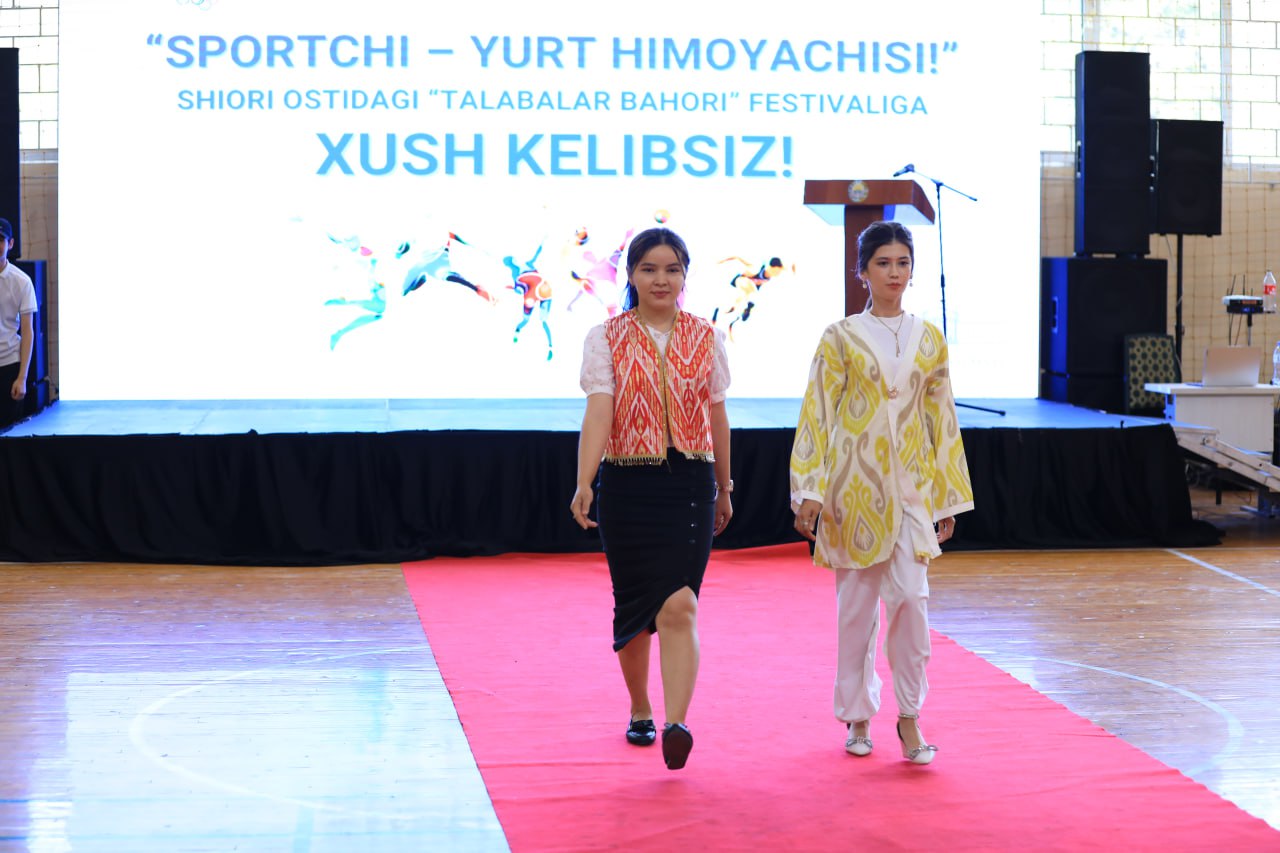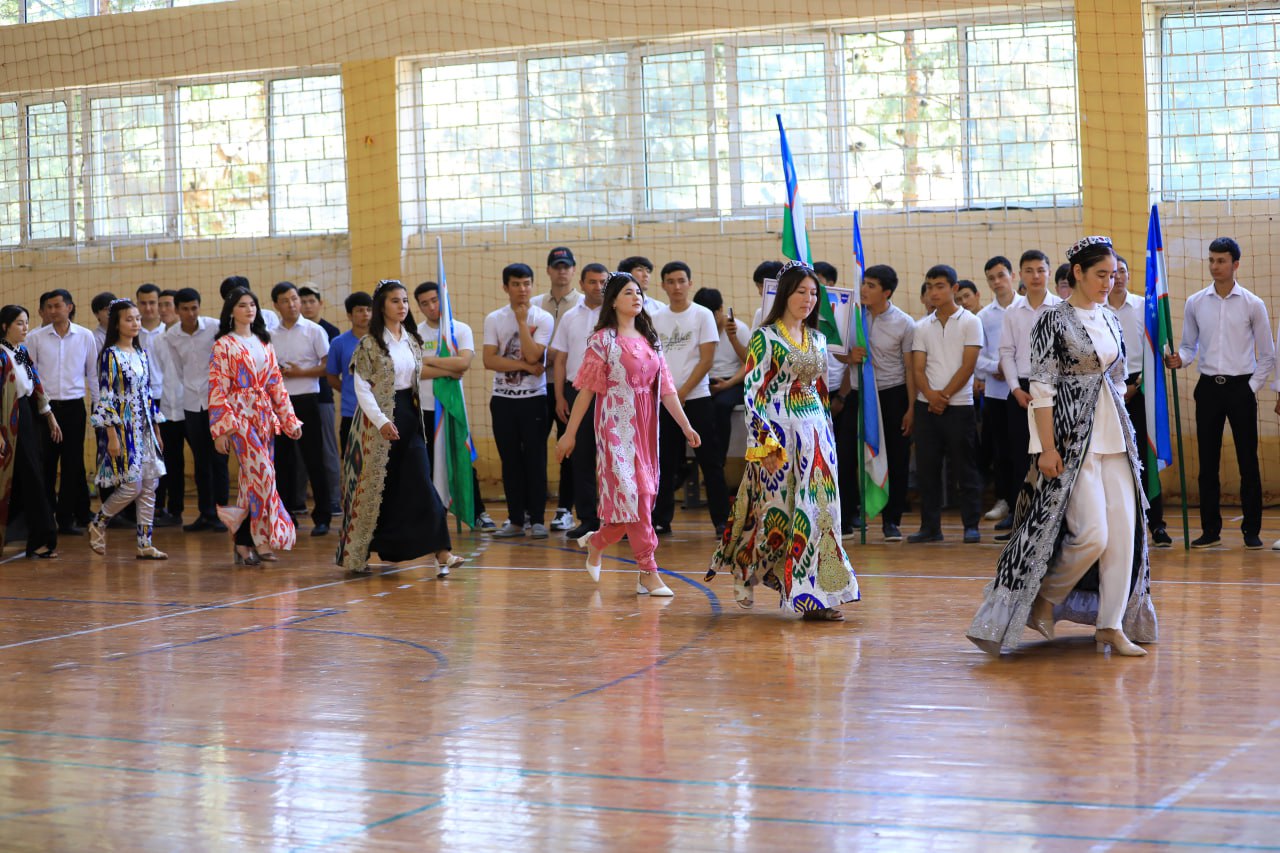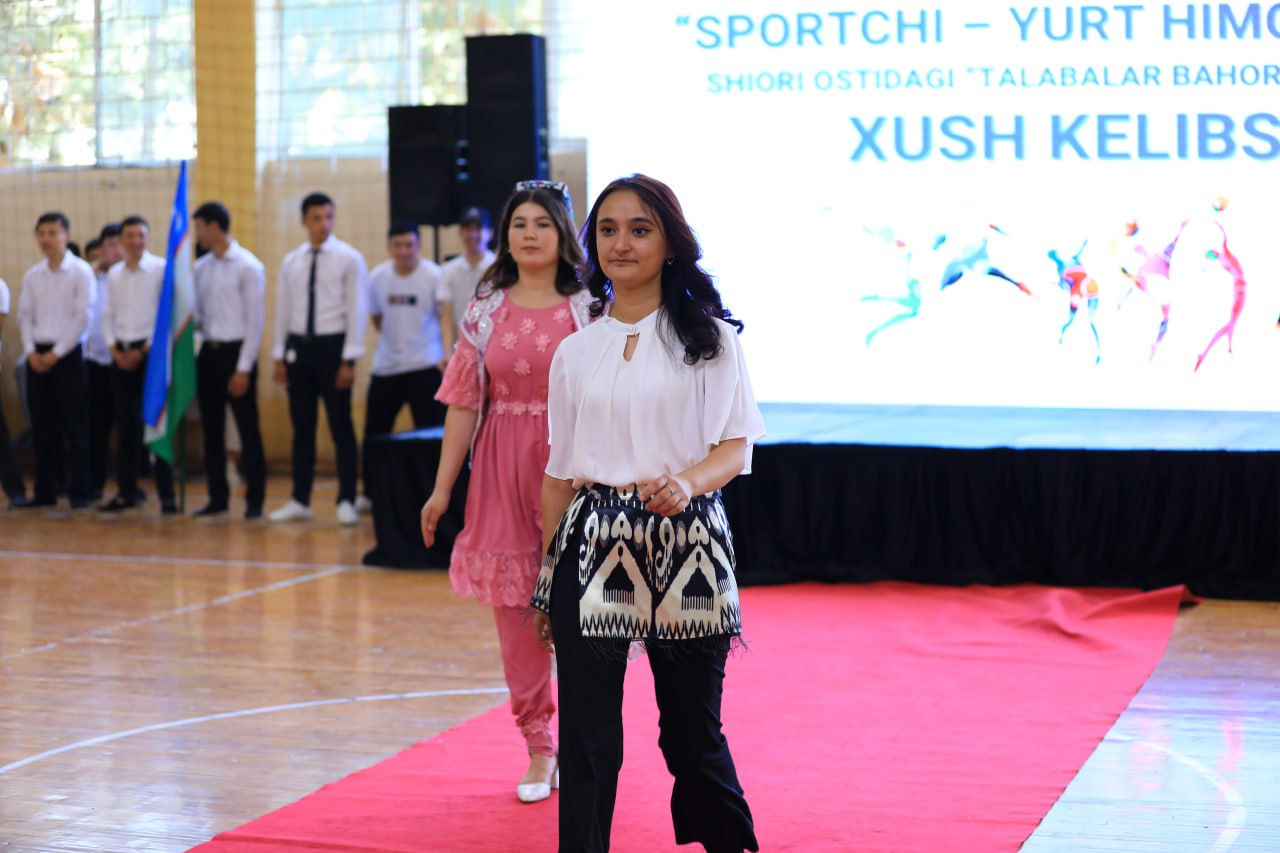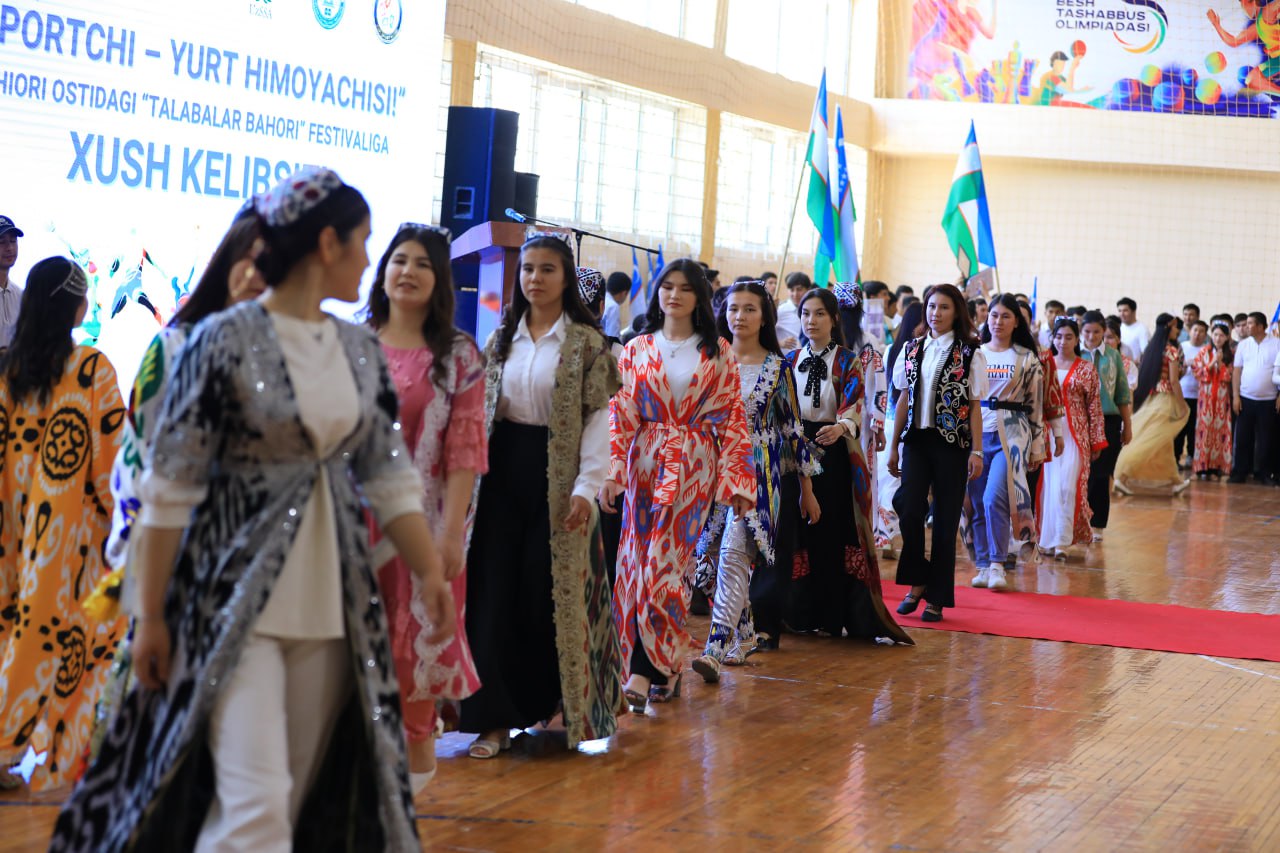



In accordance with the letter of the Ministry of Higher Education, Science and Innovation of the Republic of Uzbekistan No. 01/15-243 dated January 29, 2025, the “Exhibition of National Values” was organized at the Jizzakh Polytechnic Institute.
Our national costumes play an important role in demonstrating the cultural heritage of our country. National costumes are not only for any event, but also play a huge role in expressing the historical, cultural and aesthetic values of the people. This exhibition is aimed at precisely this goal.
Each region of Uzbekistan has its own national costumes. These costumes reflect not only the lifestyle of the people, but also the traditions, social status and cultural identity of the people. National costumes are often decorated with colorful fabrics, intricate patterns and historical forms.
One of the main goals of the national costume display at the event was to interest young people in national culture and to explain the uniqueness and importance of traditional clothing. It was envisaged that the national costumes presented at the exhibition would include the following elements:
Women's costumes were particularly colorful and ornate in different regions of Uzbekistan. Most women's clothing is made of satin and silk fabrics, the quality and colors of which often vary depending on regional culture. For example:
Fergana Valley: Dresses made of colorful satin and silk fabrics are widespread in this region. Women often wear satin dresses, red or green fabrics decorated with various patterns. Dresses are often complemented by gloves, gold chains, headdresses and other decorations.
Bukhara and Samarkand regions: "Tilla" or "Chapan" dresses, mainly made of satin or adras fabrics, are widespread in these regions. Such dresses for women and men are distinguished by their elegance and long shape. Chapan is a dress often worn during ceremonies in Bukhara and Samarkand, and wearing it is not only a matter of beauty, but also of spiritual significance.
Kashkadarya and Surkhandarya regions: Women's dresses are made of colorful satin fabrics, with large patterns and geometric figures. Women's dresses in the southern regions of Uzbekistan are often distinguished by traditional patterns and unique designs.
National clothes are not only an expression of beauty and elegance, but also a form of preserving the history, culture and traditions of the people. Each dress, of course, has its own historical roots, which represent that era and society. Through national clothes, people can more accurately understand and appreciate the heritage they have left to their descendants.
The importance of patterns and designs in clothing: Patterns on clothing can often represent a certain symbol or image. For example, patterns that are widespread among the people sometimes carry a special meaning or spiritual essence. Patterns, colors, and geometric shapes on clothing reflect the unique historical characteristics of each region.
The role of clothing in society: National costumes are often worn during ceremonies, weddings, and holidays, as well as during special periods and occasions. These, in turn, serve as symbols that represent the culture of the people, the values, and traditions of society.
The national costumes displayed by the exhibition organizers during the event allowed participants and spectators to better understand the rich cultural heritage of Uzbekistan, the values, and traditions of the people.
For young people and students, such events arouse interest in national culture, help expand their knowledge about the patterns, colors, and how they are created and what meaning they convey.


